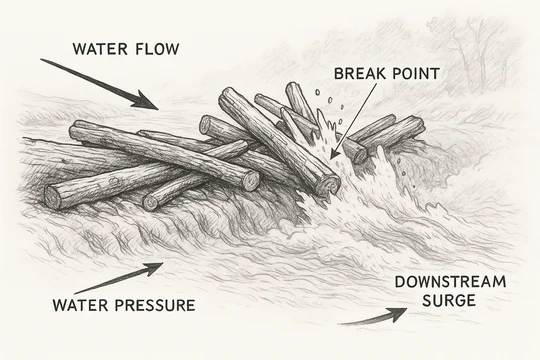Judge Burke's exacting standards regarding the sufficiency of pleadings in a patent case were on display in a recent R&R, in which he recommended dismissing indirect and willful infringement claims. This ruling demonstrates that although plaintiffs are not required to prove their case as the pleading stage, they are well advised to bolster their complaint with allegations that link the elements of their claims to specific facts.
The key passages of the 24-page R&R in Midwest Energy Emissions Corp. v. Vistra Energy Corp., C.A. No. 19-1334-RGA-CJB concern what makes an infringement claim "plausible" under the Twombly/Iqbal standard.
Inducement Claim Rejected for Lack of Plausibility
First, Judge Burke found that the complaint had failed to assert a cause of action of inducement at all against certain defendants:
If Plaintiffs wished to accuse these Defendants of induced infringement, Plaintiffs should have actually stated that allegation in the relevant Counts of the Complaint (coupled with an articulation of the elements of such a claim, and at least a nod as to why the facts suggest that these Defendants’ acts track those elements).
But in a footnote, he explained that even if the complaint had done so, the complaint would still be lacking because it lacked "sufficient facts to make induced infringement allegations plausible as to these Defendants."
Specifically, the complaint failed to
[I]dentify which entities within these Defendant groups have actually induced infringement, by which actions they are said to have done so, and how such actions encouraged another to infringe or necessarily resulted in infringement by another entity.
Additionally, with respect to a separate group of moving defendants, Judge Burke found that the failure to allege facts showing a specific intent to infringe a claim element was fatal.
Although the plaintiffs alleged that the defendants had "tailored" the amount of bromide added to coal, the complaint did not "sufficiently explain" or allege why the defendants "must necessarily know and intend that the coal plants will go on to perform the [claimed] Activated Carbon Step."
Judge Burke declined to "make the inferential leap" plaintiffs were urging, and explained that without facts supporting the elements of plaintiffs' claims, the Court would not "just assume" that those facts exist.
Willfulness Claim Rejected for Lacking Specifics
Next, regarding to willful infringement, Judge Burke again found the complaint insufficient because it did not make out a "plausible" case for infringement.
Plaintiffs had alleged that a patent-in-suit was identified to a predecessor company of one of the defendants. Judge Burke rhetorically challenged plaintiffs' argument that those allegations were sufficient, asking for more specifics, such as the identities of those involved:
Who at [predecessor company] PPL obtained that knowledge? Were those persons among those who later became [defendant] Talen employees after the spin off of a 'portion' of PPL’s business?
He recognized that it was "possible that the same PPL employees who met with ME2C in 2013 worked within the PPL business unit that eventually became Talen" but concluded that "in order for this to be plausible, Plaintiffs should plead facts in their Complaint that help to make this link."
Pre-Suit Knowledge Allegations Also Deficient
Addressing pre-suit knowledge of the patents-in-suit more generally, Judge Burke found that the fact that certain other defendants "'worked with' a third party . . . , and this third party is the place where the inventors were working when they 'developed' the asserted patents," was not enough to plausibly allege pre-suit knowledge.
He provided a framework for allegations that might meet the plausibility threshold:
(1) When did the CERT Defendants “work[] with” the [third party], and did that work occur at the same time as when the inventors worked there?; and (2) Did the nature of the CERT Defendants’ work and the inventors’ work with the [third party] suggest it is likely that the CERT Defendants would have been aware of the inventors’ efforts as to the asserted patents . . . ?
While the standards for pleading direct infringement may appear relaxed in view of Federal Circuit rulings, this R&R is an important reminder that plausibility can trip up even careful plaintiffs when it comes to other forms of infringement.
If you enjoyed this post, consider subscribing to receive free e-mail updates about new posts.





